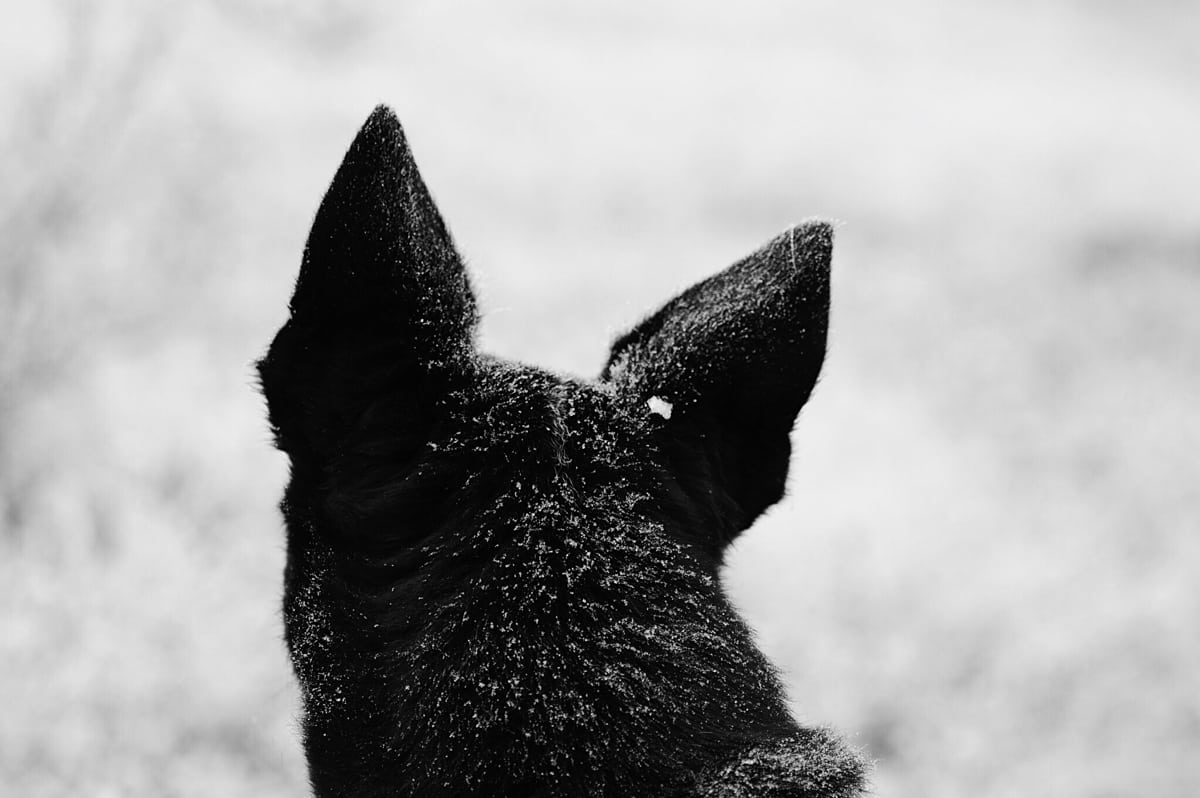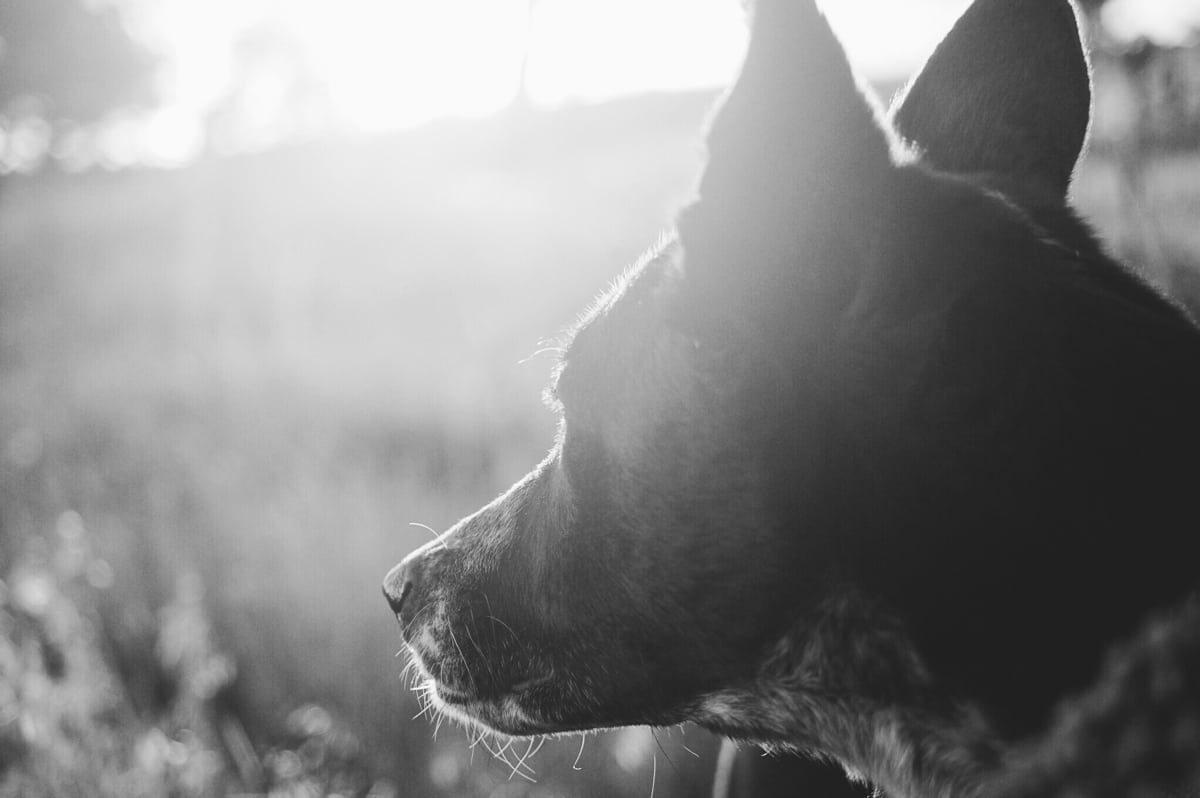In early August, my dog Bella had surgery to fix a cruciate-ligament tear in her left knee. The previous year, she had the right knee operated on for the same injury, which is similar to ACL tears in humans. The difference for dogs is that this is a degenerative disease, meaning that there’s a high possibility that the other leg will go lame as well, which unfortunately it did.
Our first experience going through with the surgery was overall positive. She was extremely fragile at first and recovery was painfully slow at times, but she eventually regained full, unimpeded use of her leg. We followed the same rehabilitation protocol for the second leg and after eight weeks everything was going to plan. The vet cleared her for a return to regular activity. She still had to proceed with a slow build-up, but had no signs of infections or any other complications.
On a late October evening, I was out walking Bella for her third short outing of the day. It was dark out and snowing lightly. I was watching her move fluidly in the beam of my headlamp a few steps ahead of me.
Just as I was thinking how pleased I was to see her continued progress, she lifted her back left paw and started yelping uncontrollably. I dropped to my knees and began clearing the snow from her paws, but to my despair her cries only intensified. I held her for several minutes stroking her head, helplessly whispering to her to calm down.
Eventually she did, allowing me to inspect her leg. I thought that perhaps she had broken the metal plate fused to her shin put in place during the surgery to help it track correctly. Yet, she expressed no pain as I palpated the area. I carefully felt around her paw, between her pads, but she only whimpered, showing nothing close to the visceral agony exhibited just moments before. I wasn’t quite sure what to make of the incident.
Bella has a tendency toward drama, often exaggerating benign incidents into something much greater. However, this was by far the most vocalized discomfort I had ever seen her express in our eight years together. She walked back home slowly without a limp, had dinner, and went to sleep. In the morning, she acted normally as if nothing had happened the previous night.
I wish I could ask her what was causing her so much pain. The obvious challenge when caring for an animal is that we cannot have a verbal exchange to understand exactly what they are experiencing. Typically, an acute injury isn’t this cryptic and the cause of suffering is pretty obvious. But, this incident got me thinking that much like in humans, recovery and healing are more complex than simply following a physical-therapy protocol.
There are intangible nuances to the process of recovery that require careful observation to read and understand. It is often difficult to make these assessments even on ourselves.
Having endured many ankle injuries in the past, I always felt that the hardest part of the recovery wasn’t building back strength and mobility, but rather regaining full confidence in the use of that ankle.
Bella has gradually eased back into running and is getting more and more freedom off leash. Just recently, we were out for our regular three-mile loop. As we passed by a neighbor’s house, their dog Bullitt ran out to join us. I was nervous at first because I had been trying to control her rehab as meticulously as possible and was worried that having another dog there might create too much extra stimulation. Bella, though, had no such concerns, and instinctively bolted up the hill in full stride chasing after Bullitt. They ran laps around me as I laboured up the hill. They rolled in the snow, playfully nipping at each other, tails wagging. Bella showed no signs of limping or struggle, bounding around just like always.
Our four-legged friends have much to teach us. Too often, we create our own barriers and obstacles to healing by being over-analytical. What I realized watching them play is that the key to regaining that confidence is less process driven and much more instinctual. Maybe then, instead of trying to have animals be more like more their humans, we should try to be more like them.
Call for Comments (from Meghan)
- What have you learned or could you learn from your canine companion?
- Have you ever suffered the issue of not being able to communicate with your dog? Alternately, have there been times when you did communicate despite not having a shared language?


